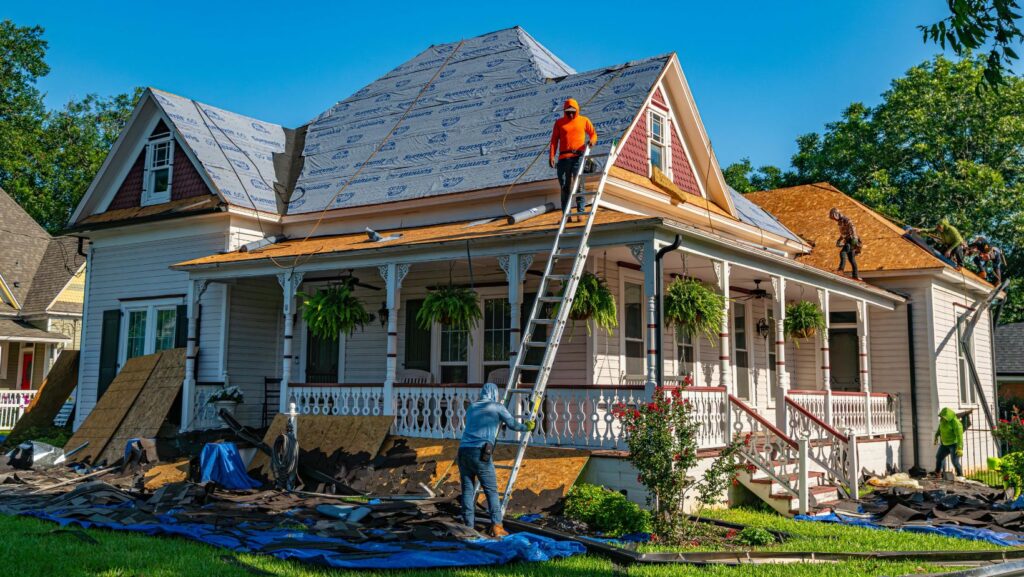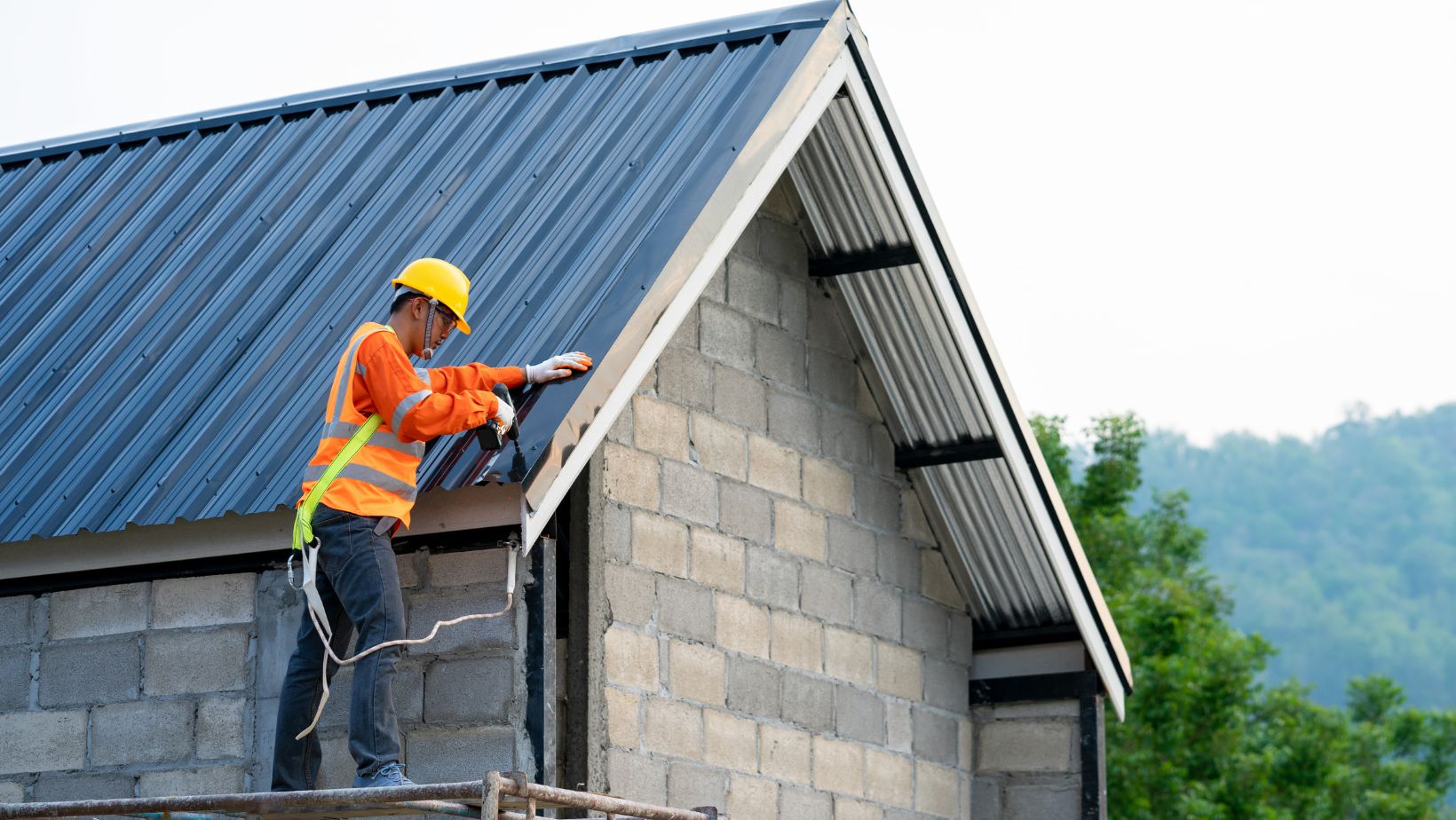For countless homeowners across the United States who are considering a roof upgrade or replacement this year, timing truly makes all the difference with these long-term investments.
Even if you’ve put off your home’s roofing needs this summer, it’s still not too late to take action prior to winter’s ensuing arrival. In fact, even top-rated roofing contractors admit how the fall months like October and November are actually the ideal time for roofing installations.
We recently got in touch with the roof installation specialists in Grove City, OH at Roofs by Warren to learn more about why the fall’s mild weather and optimal working conditions lead homeowners to great opportunities.
So, check out the below sections to learn more about the roofing industry’s best-kept secret about achieving long-lasting, incredible installation results!
1. Great Weather Leads To Great Roof Installations
The fall season typically offers the type of weather conditions that roofing teams dream of, because it’s dry, cool and generally predictable.
Most roofing materials like asphalt shingles require mild temperatures for proper sealing, because when it’s too hot outside, shingles can potentially soften and make them more difficult to handle. When it’s too cold outside, asphalt shingles often become brittle—which leads to improper bonding.
But during the fall months like September, October and November, daytime temperatures hover around room temperature and lower. This creates an ideal outdoor environment for installation projects, because shingles will evenly seal, adhesives will correctly cure, and workers can perform their duties without discomfort.
And the results more often than not are a more secure roofing system that’s specifically designed to withstand decades of elements!
2. Roofing Contractors Have Better Availability & Focus In The Fall
By the time the first chilly days start rolling through your area, the odds are that most of your area’s homeowners have already wrapped up their big projects. This seasonal slowdown usually starts around September and lasts into December, and it ironically means that contractors will be able to offer shorter wait times and better flexibility for your roof installation.
By booking your project for the fall, you’ll allow your roofing team to dedicate more attention to scheduling, quality control and inspection. It also goes a long way when you purposely avoid the peak-season rushes during the spring and summer months, which is typically when contractors are simultaneously juggling multiple installations.
With more manageable workloads, roofing teams can dedicate more time to your property and ensure that every seam, flashing and shingle is placed perfectly!
3. Prepping Your Property For The Upcoming Winter Season
Another practical reason to invest in a roof installation during the fall months is the simple fact that it’ll help prepare your home for the upcoming winter season.
Ice, snow and freezing rain are major adversaries for any roofing system, and this is particularly the case if your existing roof is showing significant signs of wearing. Loose shingles, small leaks and damaged ventilation might seem like minor issues, but they can quickly escalate into serious headaches once temperatures start to plummet.
Getting a roof installation makes sure that your home is thoroughly protected from all sorts of harsh winter weather, and you can also stop moisture intrusion, prevent heat loss, and help maintain comfortable indoor temperatures during the coldest days of the year!
4. Gaining An Energy Efficiency Edge
Fall roof installations also help property owners benefit from year-round energy performance.
This is largely because today’s modernized roofing systems include features like ventilation upgrades, reflective materials, and advanced underlayments that greatly support thermal regulation.
By initiating your upgrade this fall, you’ll see huge efficiency improvements throughout the course of the entire winter in terms of improved indoor comfort, lower heating bills, and reduced HVAC systems strains.
5. Catching Roofing Issues Before They Get Worse During Winter
Many roof inspections during the fall season end up revealing damages that occurred during summer storms, which can include issues like UV exposure, hail impacts and wind uplift.
It’s essential for homeowners to handle these types of dilemmas before winter shows up, because addressing relatively minor repairs can help you avoid all sorts of costly structural problems and water damages.

This is one of many reasons why most roofing contractors will offer fall seasonal roofing assessments to assist homeowners in deciding whether a repair, installation or maintenance plan is their best course of action.
Timing Truly Matters When Investing In A Roof Installation Project!
If you ask any roofing experts across the United States, they’ll all agree how fall is the best window for roof installation projects.
The combination of more focused workmanship, mild weather and winter-readiness make months like October and November the most strategic season for property owners to make these types of investments.
And by planning out your home’s next roof installation prior to winter’s arrival, you’ll also benefit from superior results, a much smoother process, and all sorts of long-term savings.
So, it’s safe to say that fall is like the secret weapon that roofing professionals everywhere absolutely love!





